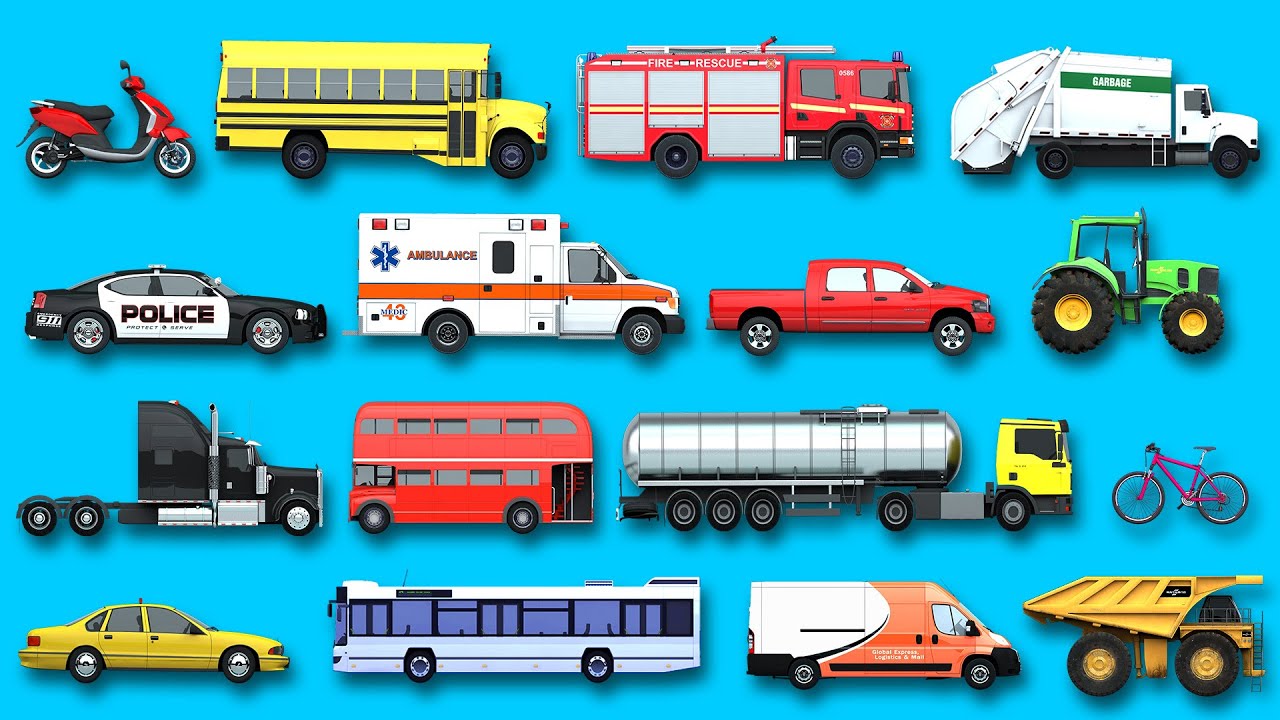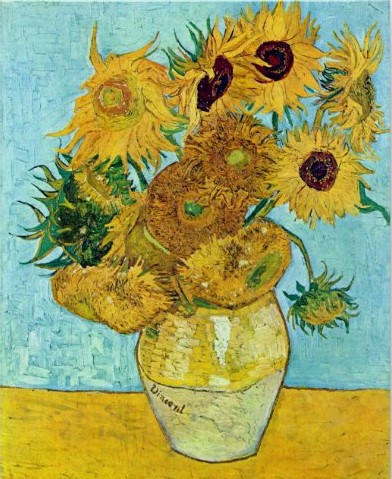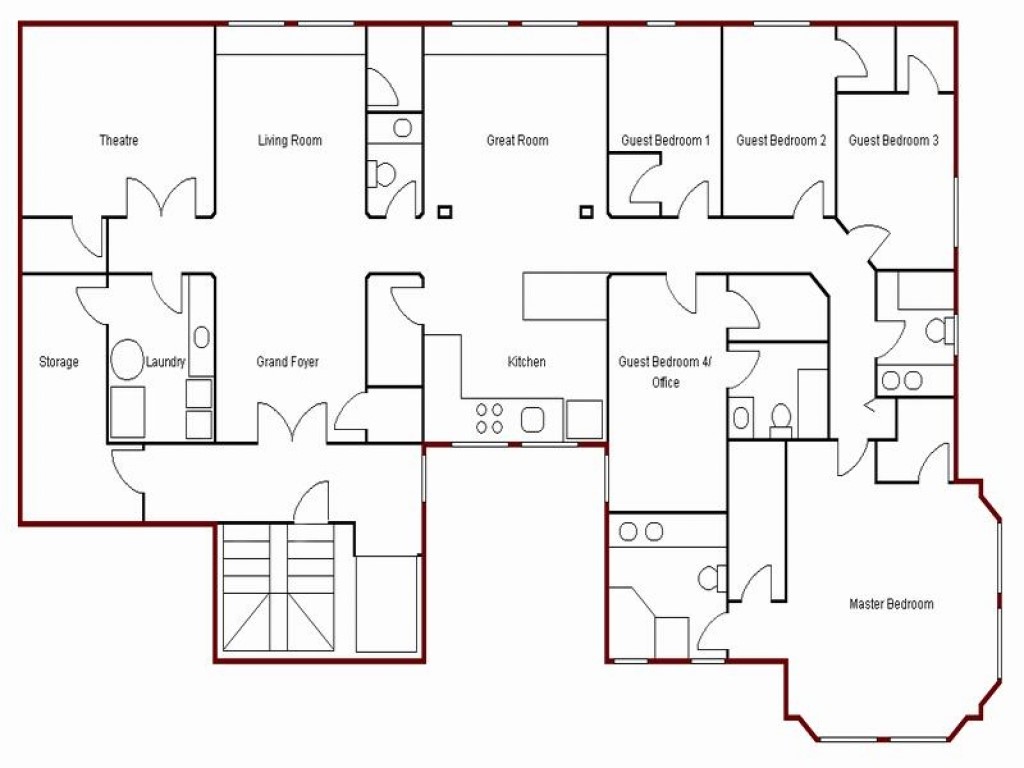As per last week, some of you will be in school this week, so we have allocated work to particular days for English and Maths. Hopefully this will avoid repetition of work and enable you to prepare children for the days they are in school.
l.thorn@wransom.herts.sch.uk
s.kholodenko@wransom.herts.sch.uk
a.morris@wransom.herts.sch.uk
Maths
This week’s Flashback Powerpoint, with a series of quick questions covering topics we have learnt so far. Remember to view it in slideshow mode so you don’t see all the answers! You could work through a few pages each day.
Maths – Monday
Warm up – Can you recall your number bonds to 10 quickly?
Practise by playing hit the button. Try to beat your score each time. https://www.topmarks.co.uk/maths-games/hit-the-button
Fractions – Find a quarter of shapes and objects
Last week we were finding a half of shapes and objects. How many parts were there? Were they equal? This week we are learning about quarters.
- Fold a piece of paper exactly in half and then in half again. Unfold and draw two lines on the creases. Now there are 4 equal parts. Now we have 4 quarters which make a whole 4/4.
- Label the four parts ‘quarter 1/4’.
- Remember each part must be equal.
- Now work through the White Rose worksheet below.
Maths – Tuesday
Warm up – Can you count in multiples of 2, 5 and 10?
Practise counting forward and backwards in multiples of 2, 5 and 10. Recite your 2, 5 and 10 times tables. Remember times or x is the same as saying lots of.
https://www.topmarks.co.uk/times-tables/coconut-multiples
Fractions – Find a quarter of shapes and objects
- Remember that one quarter is one of four equal parts. You can write it 1/4. Practise writing it.
- Work through the Classroom secrets ppt ‘Find a Quarter of Shapes or Objects.’
- Work through Classroom Secrets Varied Fluency sheets.
- Move on to Classroom Secrets Reasoning and Problem Solving. Remember to explain your answers.
Maths – Wednesday
Warm up – Do you know the doubles (and relevant halves) of numbers to 10?
Write out your doubles to 10 + 10 = and then use this to find the relevant halves.
E.g. 1 + 1 = 2 so we know that half of 2 is 1.
Play quick fire doubles and halves using https://www.topmarks.co.uk/maths-games/hit-the-button
Fractions – Finding a quarter of a quantity
- Remember that finding half of an amount was sharing equally between 2 groups (last week). Finding a quarter of an amount is like sharing equally between 4 groups.
- Draw a bar model sharing 8 between 4 groups using dots for each number. (See example below). There are 4 quarters in a whole. Each quarter has 2 dots in, so a quarter of 8 is 2.
We can also write this 1/4 of 8 = 2.
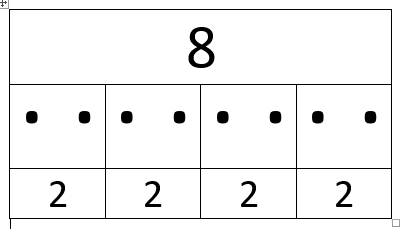
- Work through this worksheet using bar models to help you.
- Move on to answer these questions:
Maths – Thursday
Warm up – Guess my number!
Ask an adult to think of a number (start with one under 20, then under 50, then under 100) and ask them questions. They can only answer yes or no. How quickly can you guess the number? You could ask: Is it odd? Is it a 2-digit number? Is it smaller than ….? Is it a multiple of 5?
Then swap over and ask them to guess your number.
Fractions – Finding a quarter of a quantity
- Remember that a half is 1 of 2 parts. It can also be written as ½.
A quarter is 1 of 4 parts. It can also be written as 1/4. - Work through the Classroom secrets ppt ‘A Quarter of a Quantity.’
- Work through Classroom Secrets Varied Fluency sheets ‘A Quarter of a Quantity’.
- Move on to these Reasoning and Problem Solving questions. Remember to explain your answers.
Maths – Friday
Here are a variety of questions to consolidate and practise your learning from the past two weeks. It covers halves and quarters of shapes, objects and quantities.
English – Monday
Phonics: Today’s sound we’re recapping is ‘ee’.
How many words can you make using the consonant blends in the grid below and the sound ‘ee’?

English – Vehicles
Look at these pictures of vehicles. Vehicles are things that transport people or goods. All the vehicles below have wheels. Can you name them all?




- Pick one of the vehicles, draw it and try to label the following parts of it: Body, chassis, wheels, axle, window, handle. You might have to look up the meaning of some these words. Your chosen vehicle might not have all these parts. Does your vehicle have other parts? Label them. Remember that when we label pictures we try to write in a nice big space on the page near to the thing we are labelling. We then draw a nice straight line using a ruler from the thing we are labelling in the picture to the writing.
- Underneath your vehicle write a sentence about what your vehicle is used for. Don’t forget to use a capital letter at the start of your sentences and a full stop at the end.
- Do you have any books about vehicles at home? It might be a non-fiction book about vehicles or perhaps you have a storybook that has a vehicle in it. Find it and read it with an adult. If you don’t have one, choose from one of these below that you can listen to on YouTube.
- Challenge: Can you find 5 vehicles with wheels in your house or garden? You might have to look amongst your toys!
English – Tuesday
Phonics: recapping the phoneme a-e
Last week we looked at the ‘ai’ sound and the alternative spelling ‘ay’. Today we are looking at another alternative spelling for the ‘ai’ sound, which is ‘a-e’.
- If you are really unsure on ‘a-e’ say and write down these words and notice how the ‘a’ goes from a short vowel sound to a long vowel sound and the ‘e’ is not sounded out:
Lake, date, mate, cape, made, late, safe, save, lane - If you are more confident, write ‘a-e’ and ‘ai’ at the top of a page and ask an adult or a sibling to read the following words. Write the words under the correct spelling:
Hate, wait, take, crate, rail, gate, sail, flake, brain, nail, crane - Can you think of any other words for each of the spellings?
English: Listen to this story – it will probably be familiar to you!
This story is all about the importance of friendship. Lightening McQueen didn’t have any friends because all he cared about was winning but at the end of the story he came to learn that friends are more important than winning races.
During lockdown, you will probably have been missing your friends. Maybe you have even forgotten how important they are to you since you haven’t seen them for such a long time.
Pick a friend and remember all the fun things you used to do together. Why are they such a good friend? Are they kind? Funny?
Write a letter to your chosen friend. You can write to them about anything. You might want to tell them you miss them and remind them of all the fun things you usually do together. Don’t forget that like our postcard last week we need to address our letter to our friend so we need to start with “To” or “Dear”. We also need to sign our letter; you might choose “From” or “Love from”.
English – Wednesday
Phonics: Today’s sound we are recapping is ‘o-e’, an alternative spelling of ‘oa’.
- If you are really unsure on ‘o-e’ say and write down these words and notice how the ‘o’ goes from a short vowel sound to a long vowel sound and the ‘e’ is not sounded out:
Bone, phone, hole, mole, poke, woke, rose, froze - If you are more confident, write ‘o-e’ and ‘oa’ at the top of a page and ask an adult or a sibling to read the following words. Write the words under the correct spelling:
Home, zone, close, vote, boat, toad, note, nose, road, hope, roar, goat - Can you think of any other words for each of the spellings?
English: Describing characters
In Cars 3 there are lots of car characters. Look at the grid of the characters below. Do you recognise any of them? If you can, print out two copies of the grid. With a sibling or an adult come up with descriptions that include adjectives to describe each of the cars and write them in the space under each car. There’s one catch though – you can’t use colours! Use an online thesaurus to come up with some really interesting adjectives. When you are finished, play Guess the Car. Describe a car from the grid for your partner (still without using colours!) and see if they can guess the car you are describing.
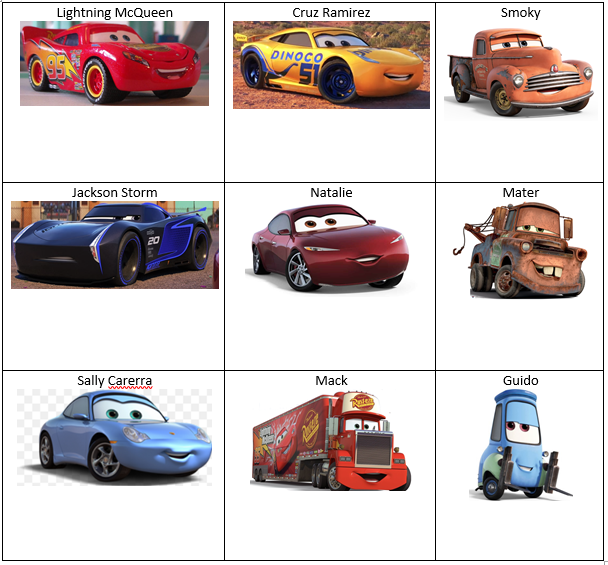
English – Thursday
Phonics: Today’s sound we are recapping is ‘ar’.
Can you think of ten words with the ‘ar’ sound in them?
Write a sentence using one of them.
English: Dictation
Similar to last week, here is a dictation for you to write. Get an adult or sibling to read this out to you for you to write down. Then go over what you have written with your adult. Have you formed all your letters correctly? Have you got a capital letter at the start of every sentence?
Lightning McQueen was the best racer. He was faster than fast and quicker than quick. He was speed! Lightning worked hard and loved racing. But there was a new racer called Jackson Storm. Jackson was younger and faster than McQueen but McQueen was determined to beat him. Sadly, McQueen was old and could not keep up. But McQueen found something else to love. He became a trainer instead and helped other racers become the fastest cars around.
English – Friday
Phonics: Recap all your phase 3 sounds by playing buried treasure on www.phonicsplay.co.uk.
Click on the link for free phonics play, parents, phase 3, buried treasure and then select all.
English: Adding -er
In yesterday’s dictation there were lots of words that ended -er: younger, faster, quicker.
They are describing words. These words are called comparative adjectives. “Younger” means not as old compared to someone, “faster” means you can go at a greater speed compared to someone or something, and “quicker” means you can do something faster than someone or something.
Can you think of any comparative adjectives of your own?
But not all words that end in -er are comparative adjectives. There was another word in the dictation that ends in -er: trainer.
By adding -er to the word ‘train’ it makes the word into a person that does something – in this case, trains them. Look at the words below and add -er to them. What do they change the verbs into?
Help Destroy Clean Photograph Feed Teach Build
Spelling task – Days of the week
Science – Plants

These strange alien looking objects are very close up photos of seeds!
Seeds are a vital part of plant life.
All living things – plants and animals – have 7 functions. An easy way to remember these is by the initial letters which spell out MRS GREN.
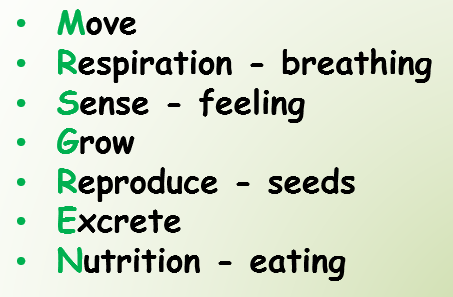
- Seeds are made when pollen from one plant combines with an egg from another plant of the same type (species).
- What do seeds do and why are they important? Seeds grow into new plants. We need plants to survive.
- Watch this clip of a runner bean plant growing from a seed. Which functions can you spot it doing?
- Seeds come in all shapes, sizes and colours. See if you can identify which plants these seeds grow into.





See if you were correct below.
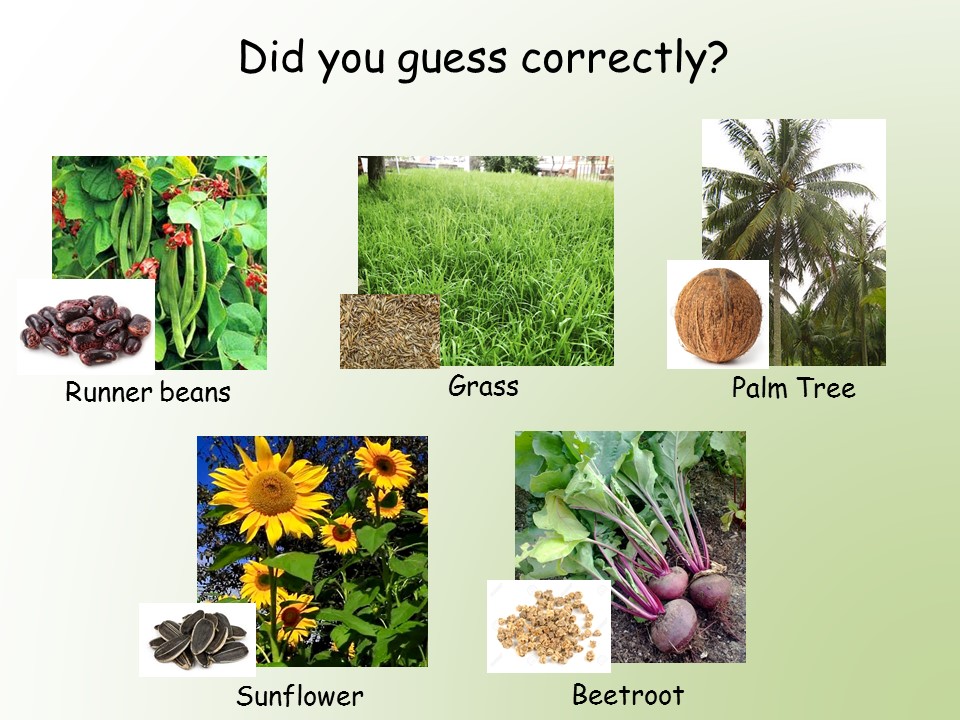
Art – Vincent Van Gogh ‘Sunflowers’
This week, we are gong to learn about Vincent Van Gogh. Learn all about his life and his art by watching this short film.
Some of his most famous paintings are the Sunflowers series. He painted seven while he was in Arles in southern France between 1888 – 1889 for his friend Paul Gauguin (another famous painter).
Task 1: Look closely at the Sunflowers paintings.
Why do you think he chose sunflowers to paint?
What mood does the painting suggest?
What adjectives can you think of when you look at the painting?
Can you spot his name on the painting?
Task 2: Create your own ‘Sunflowers’ painting.
Follow these simple steps to recreate your own version of the ‘Sunflowers’. Remember it doesn’t have to be exactly the same, you are the artist and it’s your painting. If you don’t have paint you can use crayons, coloured pencils or even collage.
- Use a pencil to lightly draw the outline of the vase, the table and circles for where the sunflowers will go. Make sure you look carefully at the spaces and fill the page.
- Start by painting your background. Vincent used blue (and yellow in some versions). You can use any colour you like but make sure the yellow sunflowers will stand out. Try dabbing the paint on in different directions to bring some texture into your painting.
- Now paint the table and then the vase. Try to make lighter and darker areas to make it more interesting.
- Finally, it’s time for the sunflowers! Use a mixture of yellows and browns on your brush. Paint the centre circle first and then use a smaller brush, if you have one, to paint the petals sweeping out from the centre.
- Last minute touches – make sure you have filled every piece of white paper. You could add a few darker shadows with brown or lighter highlights with white.
- Stand back and admire your work! Don’t forget to sign your masterpiece.
D&T – Healthy Eating
A fruit = the sweet and fleshy product of a plant that contains seed and can be eaten as food.
A vegetable = a plant or part of a plant used as food that doesn’t contain seeds.
Task 1 – Describe and label
There is a huge variety of fruit and vegetables available to buy – why not try one you’ve never had before. What does it look like? What does it smell like? How does it feel? Does it taste sweet or sour? Choose a piece of fruit and a vegetable. Draw it and label the different parts e.g. peel/skin, flesh, seed/pip. What part of the plant do we eat? The stalk, root, leaf or flower?
Task 2 – Food hygiene
Why is food hygiene important? What should we do before we prepare food and eat food? Look at the powerpoint and discuss food hygiene with your adult.
Task 3 – Food preparation
Before we eat fruit or vegetables, we have to prepare them in different ways. Look at the food below and decide how to prepare them.
Slicing Peeling Washing Squeezing Chopping Grating

Geography – Floorplan
Can you draw a floor plan of your house? You will need to draw a separate floorplan for the downstairs and upstairs or if you live in a bungalow you will just draw the downstairs. Have a look at the examples below.
Notice in the second drawing how the stairs and doors have been drawn.
Can you draw the furniture in the right places? Remember, with a floor plan you draw from a birds eye view.
Have a go at drawing a floor plan of your dream house? Would you have a huge bedroom? Or maybe a big living room with room for an enormous sofa?

